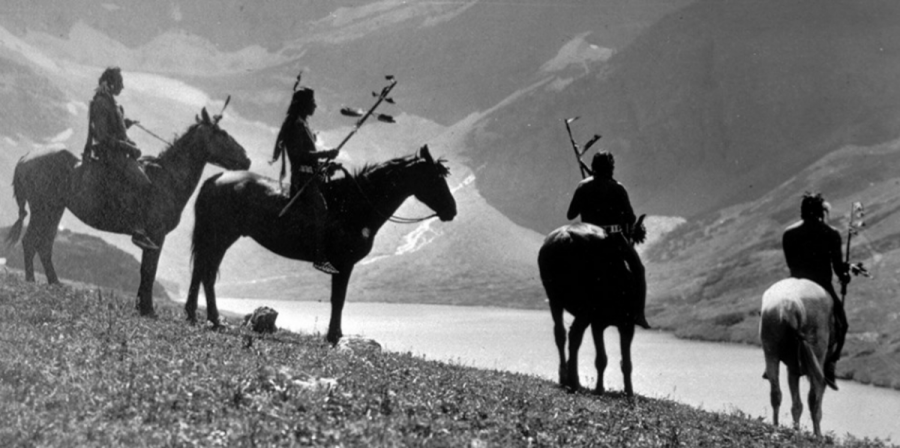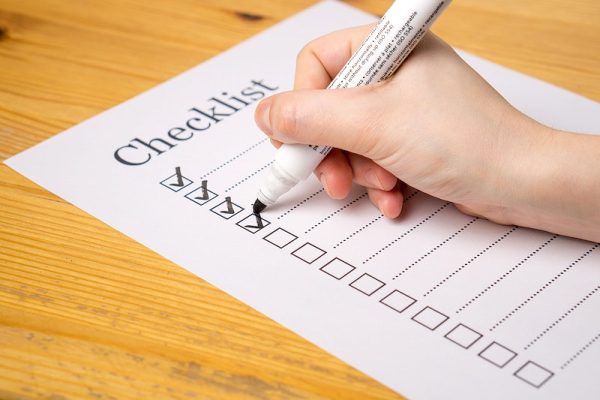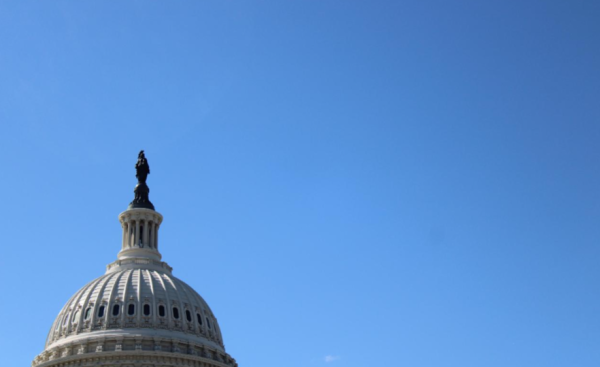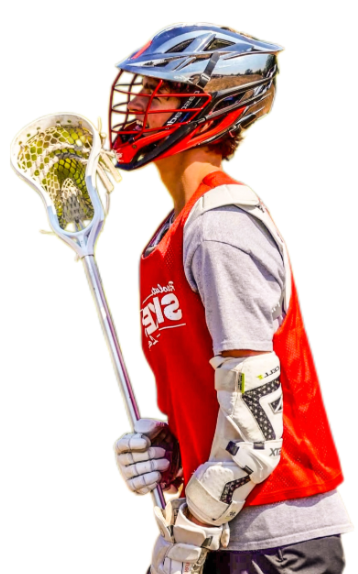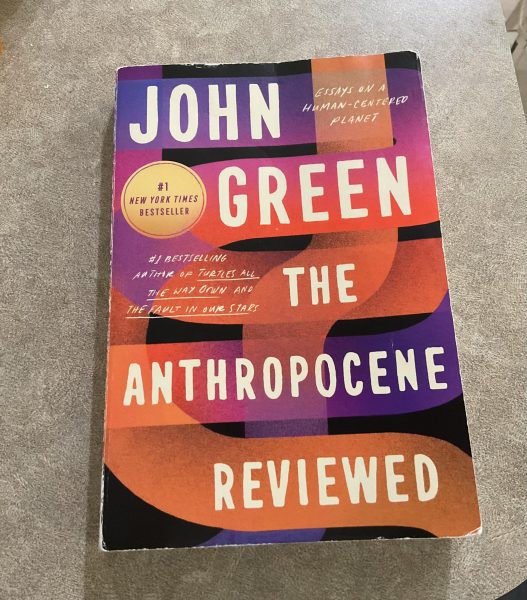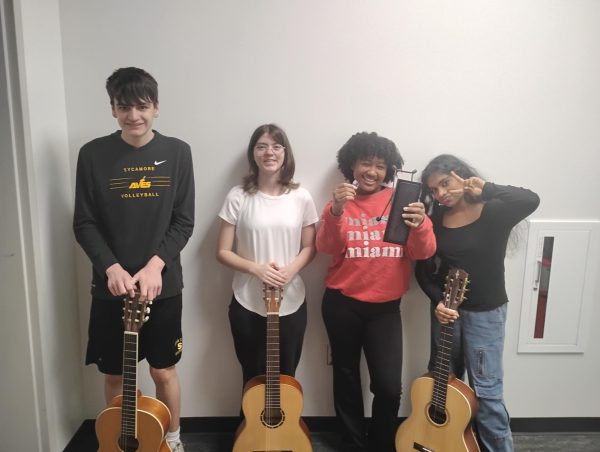The duty to understand both sides of the Native American story
HISTORY ALIVE. Historical representations such as the image above are what most student see and learn about in their history classes. The acknowledgment of the role of Natives in the past and present is a small step towards inclusion, as well as a means of promoting the achievements of Indigenous People in our society.
On a chilly day in Sept., a student sitting in English class might choose to write down their homework in their planner. While stressing over what might seem like a million assignments, the student may or may not notice the label on Sep. 28, which reads “Native Americans Day.”
This day recognizes the contributions made by Native Americans to what we know as America today. However, only California and Nevada recognize this occasion, although it is also unofficially observed in a few other states.
Sept. 28 is only ten days short of Columbus Day, which often is the most discussed and disputed topic regarding Native Americans.
It is understandable that people highlight the struggles, oppression, and subjugation Native American communities have undergone in order to create this country, but it is also ignorant to simplify such a significant group to feelings of pity or sympathy.
Yes, it is crucial, in some ways, to argue about Columbus Day and its validity, but it is increasingly important to evaluate how Native Americans have adjusted and grown through the years, and the persistent troubles they must cope with today.
The most prominent issue that has appeared recently regarding Native Americans concerns the Dakota pipeline. The Dakota pipeline threatened to pollute the drinking water of the Standing Sioux Indian Reservation, a fact overlooked by the temptation of creating more jobs through the construction project.
Young people are impacted too. Native American students have not been able to reap the complete benefits of the education system. Since 2008, American Indian and Alaska Native graduation rates have been decreasing steadily.
Statistics from the Bureau of Indian Affairs relays that 26 to 36 percent of all Native American students drop out of high school, a significant determinant being an inability to acclimate to an environment where there is little education or acceptance of native culture.
While students face racial stereotyping and discrimination, kids joke about applying as a Native American to colleges in hopes of being admitted to their institution of choice.
The list continues. Native women have been going missing or being found dead. Such incidents occur frequently, but many cases are unreported or unnoticed because government databases do not officially track them.
Some reservations have insufficient tribal police, with many families complaining that their cases are not handled with urgency. On some reservations, Native women have been murdered at rates ten times the national average.
Whether it be students or women, Native Americans continue to live with the consequences of centuries-old imperialism. It is essential to pay homage to the obstacles faced by Natives in the past; it is even more important to be aware of the repercussions.
While it is nice that California and Nevada decided to dedicate one day of Sept. to the awareness of such a symbolic people, everyday awareness and education can allow our communities to develop with mutual understanding.
After all, our history books cannot recount the present or future, so it is up to the members of the community to choose a definite course of action.
Sources:
- https://shsleaf.org/33214/opinion/columbus-day-reignites-controversy/
- https://www.seattletimes.com/nation-world/nation/why-are-native-american-women-vanishing-and-whos-looking-for-them/
- https://newsmaven.io/indiancountrytoday/archive/native-american-students-face-ongoing-crises-in-education-UwYSu7MAjES2d5Ikd9D1oQ/
- https://www.independent.co.uk/news/world/americas/dakota-access-pipeline-facts-explained-pros-cons-protests-what-next-a7544451.html
- https://www.edweek.org/ew/articles/2016/11/30/the-miseducation-of-native-american-students.html
Your donation will support the student journalists of Sycamore High School. Your contribution will allow us to purchase equipment and cover our annual website hosting costs.


